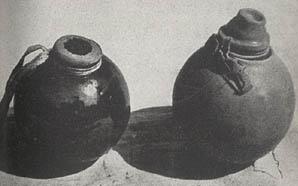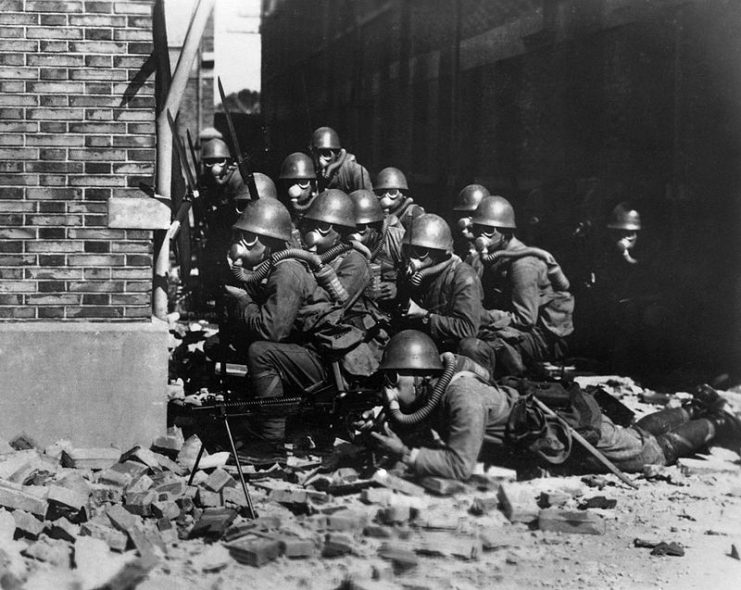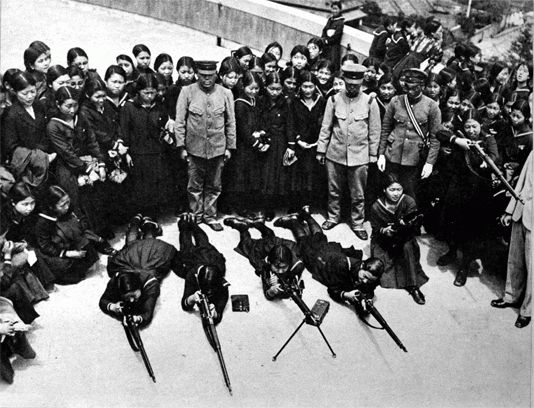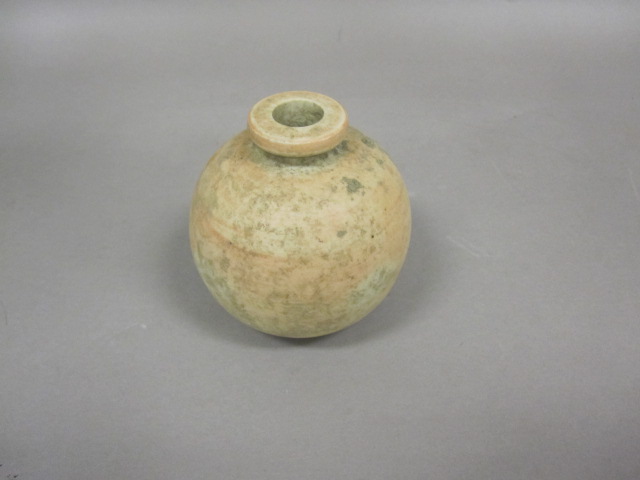Grenades have long been used in warfare across the world. However, their manufacture requires certain industrial materials and production lines.
In the closing stages of WWII, strategic bombing had decimated Japanese industrial infrastructure, leading to the development of a last-ditch weapon: the Type 4 grenade.
The Type 4 is also known as the “ceramic grenade” because it was made of porcelain or terracotta. These were materials which could be found at the end of the war when more traditional grenade materials were in short supply.

The Imperial Japanese Navy Technical Bureau came up with the idea for this new weapon. It was easy to make and cheaper to produce than traditional grenades at the time. This new weapon was to be used by the general populace of the country in the event of an Allied invasion.
To mass produce these grenades, kilns which were normally used for Japanese pottery were forced into service. The grenades that were produced by the kilns were cruder than traditional shells but were still able to do their job. There was also a significant variation in color, size, and shape as each kiln created a different form of the weapon.

The average Type 4 grenade measured around 80mm in diameter although, as stated above, the size would vary depending on the kiln producing them. The grenades were generally unmarked and completely plain.
The kilns also made them in varying shades of tan and brown. There were some which were completely white, but they were in the minority. While the grenades were made from porcelain or terracotta, they were not left untreated. They were lightly glazed both inside and out.
Despite the materials being used, the grenade would only weigh about one pound (453g) making it easy for soldiers to throw or carry around.
As with many other grenades at the time, the Type 4 was a spherical shape. It also had a bottleneck which included a wood friction fuse. The grenades came with a separate scratch block lid and rubber covering on the top which needed to be removed before the grenade was activated.
When it came to using this weapon, soldiers had to act quickly. To ignite the grenade, the rubber covering would need to be removed, and the match compound lit. This was done with the scratch block and worked in a similar manner to a road flare.
Once the fuse was lit, there was no way to stop it without destroying the whole fuse. To ensure that there was enough time for the grenade to reach enemy fighters, there was a four to five-second delay. After this time, the lit fuse would come into contact with the explosive materials inside.
Many of the Type 4s had a lanyard which was used to carry and throw them. A US Army intelligence bulletin from March 1945 stated that these grenades were easy to throw. The bulletin also listed some of the potential drawbacks of this last-ditch weapon.
Other than the fact that the grenade had to be thrown as soon as it was lit, care also had to be taken to ensure that the shell would not hit any hard objects before reaching the intended target. Should this happen, the grenade would shatter and become useless.

The grenade was also viewed in the bulletin as a concussion weapon. The explosion resulted in a large blast, but little in ceramic fragmentation which caused the most damage. This could be due to the materials used to create the grenades.
Read another story from us: Ku-Go. Japan’s top-secret weapon inspired by Tesla’s “Death Ray”
The Type 4 grenade was not a real game-changer in the war, but it was an ingenious invention. It was supplied to the Volunteer Fighting Corps as well as reservist organizations. There are also accounts that large numbers of them were sent to the front line troops.
These grenades were used by the Japanese in both the Battle of Okinawa and the Battle of Iwo Jima.
